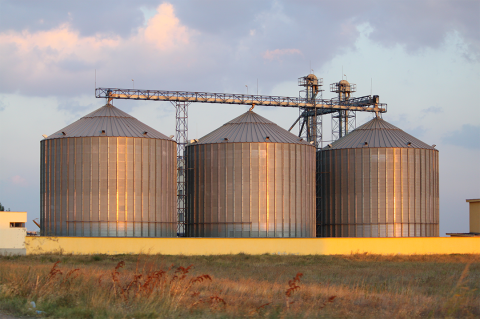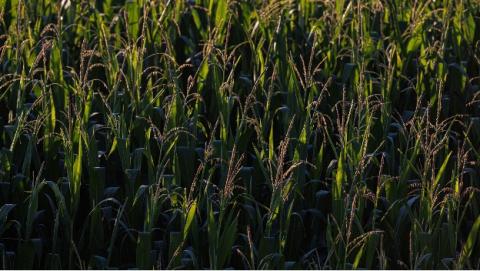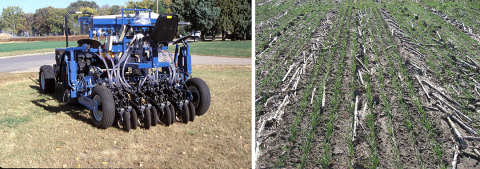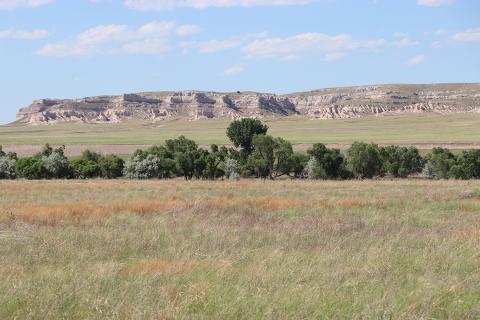Pronghorn is a tall variety of moderately early maturity with good tillering ability and moderately strong straw. It has superior stem rust resistance. Pronghorn has a long coleoptile, very good early spring regrowth, and good winterhardiness. The grain has
good test weight patterns and very acceptable milling/baking qualities. Pronghorn was developed by Nebraska and the USDA-ARS from the cross Centura/Dawn//Colt sib. Noncomplementary varieties include Antelope, Goodstreak, Ike, and Loredo.
Contact the following certified seed dealers for this variety:
- JH-W Farms Inc., Dalton, 308-377-2273
- Kriesel Certified Seed, Gurley, 308-884-2424
- Steve Schumacher, Dalton, 308-249-1752
- Ag Operations Group, Big Springs, 308-889-3429
- McArtor Certified Seed, Grant, 308-352-2361
- Woods Country Farm LLC, Rushville, 308-327-2636
Related Articles

Nebraska Sept. 1, 2024 Grain Stocks
October 10, 2024
Nebraska's oat production in 2024 was substantially higher than recent years, leading to a 70% increase in on-farm stocks in September.

Husker Researchers Use Machine Learning to Help Identify Yield Opportunities
September 27, 2024
The research team is generating precise estimates of crop yield potential worldwide, helping farmers, scientists and policymakers identify opportunities to improve agricultural productivity.
The Moves to Make for Late-seeded Winter Wheat
September 11, 2024
Late-seeded winter wheat can yield higher than early-seeded crops, partly due to reduced disease and insect issues. This article provides tips for increasing seeding success if weather or harvest has caused delays.

USDA NASS to Collect 2024 Small Grain Production and Stocks Data
August 23, 2024
The results of the small grains survey are used by numerous agencies within the agricultural industry to make a wide range of decisions that benefit producers.
Annual Forage Options Following Irrigated Winter Wheat
August 15, 2024
Extension insights on forages to plant after wheat harvest in western Nebraska, where low rainfall and cool-season pasture decline is an obstacle for producers needing fall forage.

